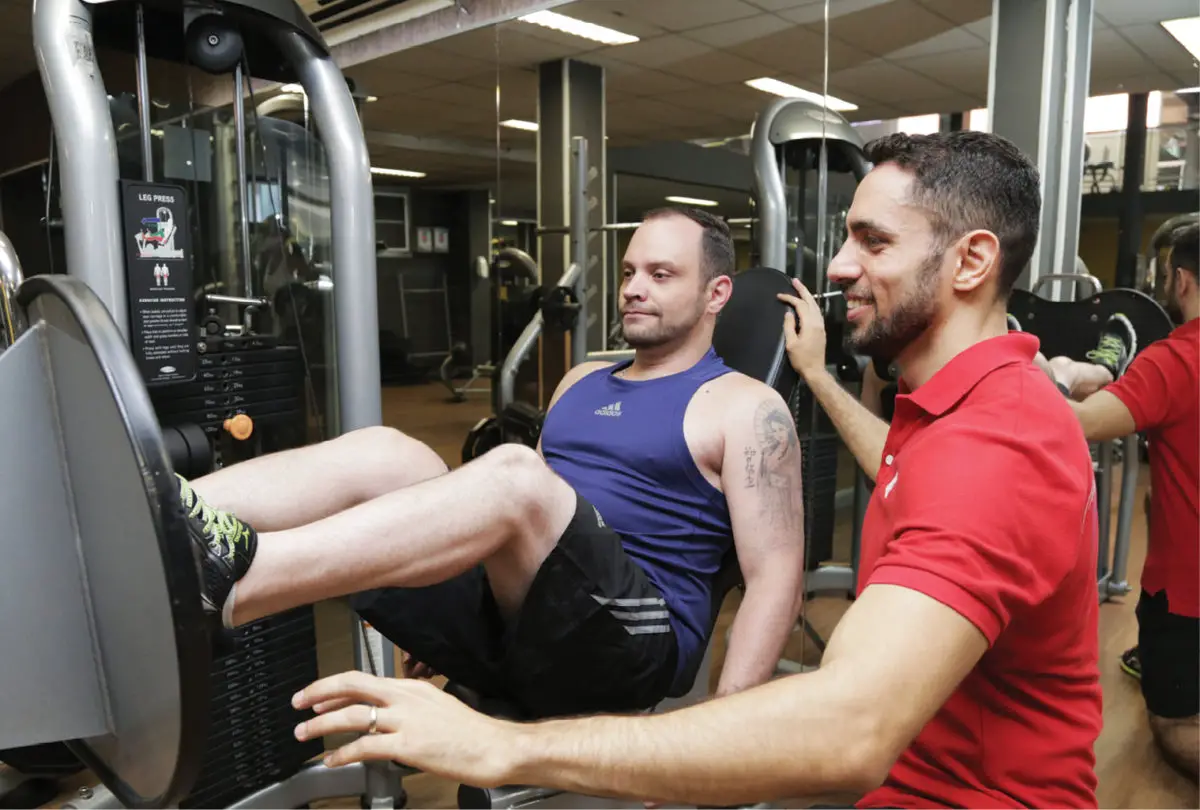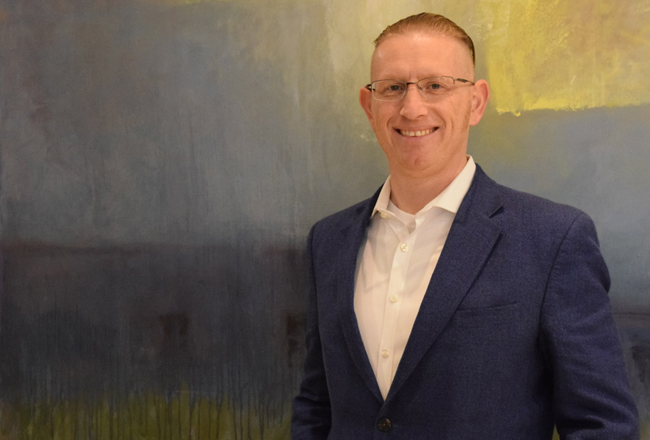 Personal trainers seeking a territory to stake out might want to take an extra look at Bridgeport and Danbury.
Personal trainers seeking a territory to stake out might want to take an extra look at Bridgeport and Danbury.
According to a study by AdvisorSmith, a business insurance resource, the Fairfield County localities are among the top cities in the nation for personal trainers seeking professional success.
AdvisorSmith cited data from the U.S. Bureau of Labor Statistics that predicted a strong job growth outlook for fitness trainers and aerobic instructors. There were 308,470 fitness trainers in the U.S. in 2018 and that number is expected to grow by 13% over the next decade. This compares to the national job growth outlook for all occupations that stands at 5%.
AdvisorSmith focused on 312 cities and narrowed its list down to 50, offering both a national ranking and different categories for small, medium and large-sized cities based on metro area population. Rankings within the categories were based on several metrics including average annual salary, cost of living and location quotient.
Among the nation”™s large-sized cities, Bridgeport ranked seventh with a $59,520 average annual salary for personal trainers with 1,770 jobs in the area for this profession. Danbury ranked eighth among the nation”™s smaller cities with an average annual salary of $50,000 and 220 jobs in the area. The average annual salary for the profession is $44,580.
On a national ranking, Bridgeport came in 19th overall and Danbury was in 35th place.
Bridgeport tied with Seattle for having the fourth-highest annual average salary among the top 50 cities, with only New York City ($62,900), Ithaca, New York ($60,830) and Boston ($60,520) fielding personal trainers with greater annual earnings.
How did these two Fairfield County cities place so high on this survey? According to Justin Saeheng, a partner at New York City-based AdvisorSmith, the personal training profession as a whole is growing in popularity as more people seek to fight obesity and stave off the physical impact of aging. Within Connecticut, Saeheng noted that “health care is, overall, one of the top employment economies,” which he theorized would help to make fitness and wellness a greater local priority.





















